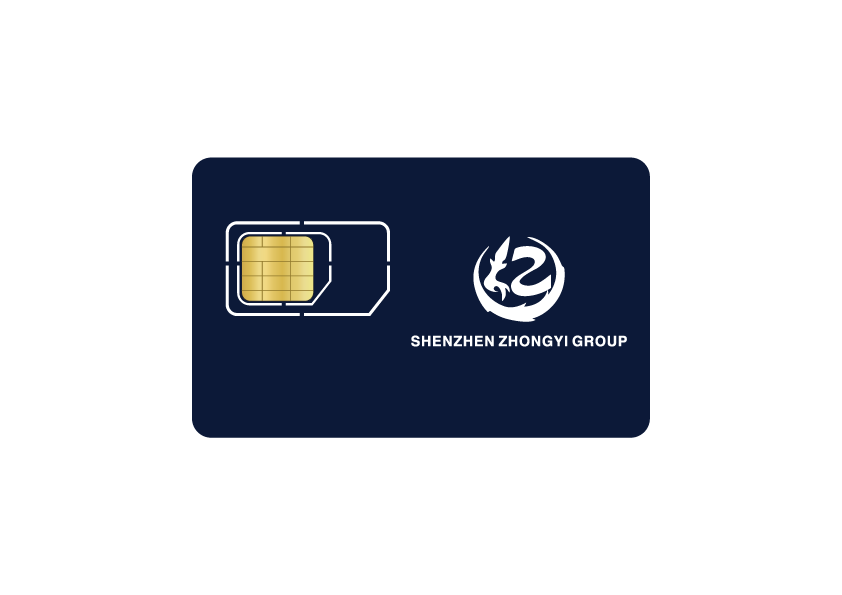With the rapid expansion of the Internet of Things (IoT), businesses across industries are increasingly relying on connected devices to optimize operations, monitor assets, and enhance customer experiences. Central to this connectivity is the IoT SIM card—a specialized SIM designed to meet the unique requirements of IoT devices.
Many companies, however, are still unclear about what makes an IoT SIM card different from a traditional SIM card used in smartphones or tablets. In this article, we’ll explain what an IoT SIM card is and explore 5 key differences compared to a regular SIM card, with examples and insights to help enterprises make informed connectivity decisions.
1. Introduction to IoT SIM Cards
An IoT SIM card is a small embedded or removable SIM designed to connect IoT devices to mobile networks, enabling communication between devices and servers or cloud platforms. Unlike conventional SIM cards, IoT SIMs are optimized for:
- Low-power, long-lasting connectivity for battery-operated sensors
- High-density deployments, managing thousands of devices simultaneously
- Secure, stable data transmission, even in remote or industrial environments
- Remote management via centralized dashboards
Common types of IoT SIM cards include:
- NB-IoT SIM: Ideal for low-bandwidth devices such as smart meters, environmental sensors, and agricultural monitors
- 4G/5G IoT SIM: Suitable for devices requiring high-speed data transfer, like smart cameras, autonomous vehicles, and industrial robots
- eSIM IoT SIM: Embedded SIM that allows remote provisioning and global deployment without physical card swapping
2. 5 Key Differences Between IoT SIM Cards and Regular SIM Cards
Difference 1: Target Devices
- Regular SIM cards are mainly used in consumer devices such as smartphones, tablets, and some laptops. Their focus is on voice and mobile data for personal use.
- IoT SIM cards are designed for IoT devices like smart meters, industrial sensors, wearable health monitors, and connected vehicles, where connectivity reliability is critical.
Difference 2: Network Optimization
- Regular SIM cards operate on 2G/3G/4G networks, optimized for human-centric communication.
- IoT SIM cards support a wide range of network types, including NB-IoT, Cat-M1, LTE-M, and 4G/5G. These networks are tailored for low-latency, low-power, and wide-area coverage, ensuring devices remain connected in challenging locations like basements, factories, or remote areas.
Difference 3: Data Management and Cost Efficiency
- Regular SIM cards are typically billed per month, often with fixed plans designed for moderate or high data use. Idle devices may waste a lot of data.
- IoT SIM cards provide flexible billing options based on device type, data usage, or number of connected devices. Enterprise management platforms allow monitoring of thousands of devices simultaneously, helping prevent unnecessary costs and optimize resource usage.
Difference 4: Lifecycle and Remote Management
- Regular SIM cards require manual management by end-users, with separate activation, monitoring, and deactivation processes.
- IoT SIM cards can be centrally managed via dashboards, supporting bulk activation, automated monitoring, and remote deactivation. This makes scaling IoT deployments more efficient, especially for large-scale industrial or smart city projects.
Difference 5: Security and Reliability
- Regular SIM cards rely primarily on carrier network security for protection.
- IoT SIM cards implement multiple layers of security, including encrypted data transmission, protection against unauthorized usage, and fraud detection. Many IoT SIM platforms also include network redundancy to maintain uptime, critical for mission-critical applications such as healthcare devices, connected vehicles, and industrial automation.
3. Practical Use Cases
1. Smart Cities: IoT SIMs power smart lighting, traffic monitoring, and waste management systems, allowing city authorities to monitor infrastructure efficiently.
2. Industrial IoT (IIoT): Factories use IoT SIMs to connect sensors and machines, enabling predictive maintenance and reducing operational downtime.
3. Healthcare: Remote health monitoring devices leverage IoT SIMs to transmit patient data securely to hospitals in real time.
4. Connected Vehicles: Telematics, fleet management, and autonomous vehicle systems depend on IoT SIMs for reliable, low-latency connectivity across cities and countries.
4. Tips for Choosing the Right IoT SIM Card
- Match the network type to your devices: Use NB-IoT for low-power sensors, LTE-M or 4G/5G for high-data devices.
- Consider global coverage: For international deployments, choose eSIMs or multi-country roaming plans.
- Use a management platform: Monitor device status, data usage, and security policies centrally.
- Evaluate cost structures: Select data plans that match your deployment scale and usage patterns to avoid hidden fees.
5. Conclusion
An IoT SIM card is a fundamental component for enterprises deploying connected devices. Its advantages over a regular SIM card—network optimization, cost-effective data management, lifecycle control, and enhanced security—make it ideal for smart cities, industrial IoT, healthcare, and connected vehicles.
Understanding these 5 key differences allows businesses to select the right connectivity solution, ensuring reliable performance and cost efficiency across IoT deployments.
If you are looking to deploy IoT devices globally or need to manage hundreds or thousands of devices, contact Zhongyi IoT for enterprise-grade connectivity solutions and free trials.

